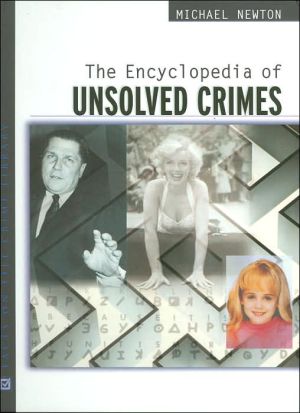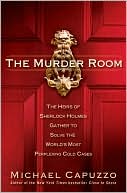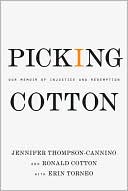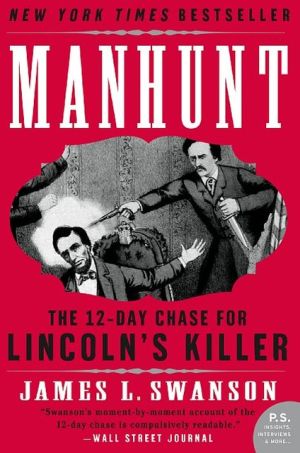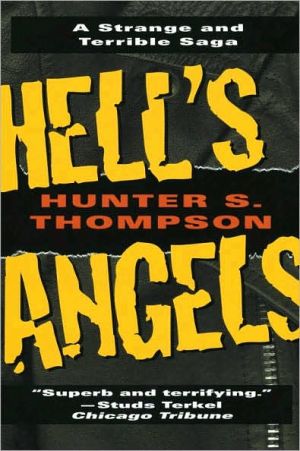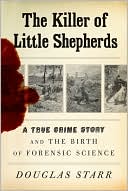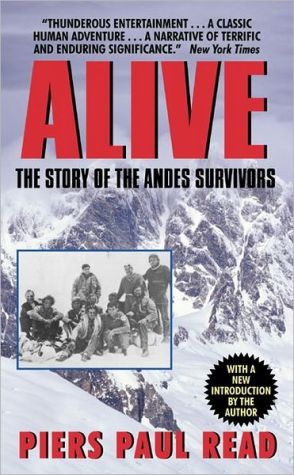Encyclopedia of Unsolved Crimes (Facts on File Crime Library Series)
This extensive survey of recent unsolved crimes that have baffled detectives and law-enforcement agencies is a valuable resource for amateur sleuths, crime writers, and law-enforcement professionals alike. More than 500 fascinating entries examine many of the most disturbing cases from around the world during the 19th and 20th centuries, including murders, robberies, missing persons, kidnappings, serial killers, and more. Each entry provides an overview of the crime, the parties involved,...
Search in google:
Amateur sleuths, mystery lovers, and reality show buffs will find much to contemplate in this encyclopedia of unsolved crimes committed around the world in the 19th and 20th centuries. Each of the 500-plus cross-referenced entries includes a detailed description of the crime, all known evidence, and leading theories about the perpetrators. Newton, who has written several references about crime and specializes in books about serial murders, briefly mentions in his introduction some of the intriguing cases that were solved during preparation of this volume, and so were deleted. Annotation ©2004 Book News, Inc., Portland, OR Heather Pittman - VOYA This worthy addition to any collection is presented alphabetically, each entry describing the known facts surrounding an unsolved mystery. From Jimmy Hoffa to Jack the Ripper to the Lindbergh kidnapping, the book is full of the details surrounding the most famous unsolved crimes in history. Newton discusses the 1996 murder of JonBenet Ramsey in detail, chronicling the order of events, the contents of the ransom note, and the conflicting investigations by the police and the parents of the murdered child. The facts are presented without judgment, describing the suspicious behavior of the Ramseys and the professional lapses of the police department with equal emphasis. Newton also describes the assassination of John F. Kennedy, a mystery that continues to captivate each generation. He puts forth the known facts of the case and then details the ten most prominent theories surrounding the presidential murder. The writing here is crisp and clean, offering plenty of detail without melodrama. The titillating subject matter will appeal to teen readers. Although Newton is descriptive, he is not gruesome, managing to create intense interest without being objectionable. Young readers will enjoy this book. The format is easy to use, the writing is solid and interesting, and the topic is enticingly taboo. 2004, Facts on File, 340p.; Index. Photos. Biblio., PLB Ages 11 to Adult.
IntroductionixEntries A-Z1Bibliography329Index335
\ VOYAThis worthy addition to any collection is presented alphabetically, each entry describing the known facts surrounding an unsolved mystery. From Jimmy Hoffa to Jack the Ripper to the Lindbergh kidnapping, the book is full of the details surrounding the most famous unsolved crimes in history. Newton discusses the 1996 murder of JonBenet Ramsey in detail, chronicling the order of events, the contents of the ransom note, and the conflicting investigations by the police and the parents of the murdered child. The facts are presented without judgment, describing the suspicious behavior of the Ramseys and the professional lapses of the police department with equal emphasis. Newton also describes the assassination of John F. Kennedy, a mystery that continues to captivate each generation. He puts forth the known facts of the case and then details the ten most prominent theories surrounding the presidential murder. The writing here is crisp and clean, offering plenty of detail without melodrama. The titillating subject matter will appeal to teen readers. Although Newton is descriptive, he is not gruesome, managing to create intense interest without being objectionable. Young readers will enjoy this book. The format is easy to use, the writing is solid and interesting, and the topic is enticingly taboo. 2004, Facts on File, 340p.; Index. Photos. Biblio., PLB Ages 11 to Adult. \ —Heather Pittman\ \ \ \ \ School Library JournalGr 9 Up-Nash's massive set places what he considers to be "the most important crimes in history" into graspable categories: assassination; bigamy; burglary; cannibalism; drugs; fraud; gangs, gangsters and organized crime; kidnapping; piracy; robbery; and secret criminal societies. Murder is broken down into celebrity slayings, mass murder, serial killers, and unsolved homicides. Each of these topical sections opens with a general overview and then explores individual crimes in chronological order. As befits the title, there are thousands of black-and-white photographs and illustrations and although their quality varies they are, by and large, helpful and interesting. Information on criminals' backgrounds and descriptions of the act(s) for which they gained notoriety are included. The bibliography is almost 100 pages of very small print, yet despite this apparent copious research, many quotes and scenarios are not clearly substantiated, and individual articles do not include citations. The author is bold in advancing his own opinions and theories, developed over years of studying and writing about crime. While these perspectives are often fascinating, they lead this work away from the status of a definitive history. It is, however, the most comprehensive true crime book available. Newton, conversely, has produced a succinct, poorly illustrated title that, while relating two centuries of worldwide cases that remain unsolved as of publication date, is fair and balanced in regard to its approximately 540 alphabetical entries. Black-and-white photos and reproductions illustrate this book. A six-page bibliography includes articles, books, and Web sites.-Andrew Medlar, Chicago Public Library, IL Copyright 2004 Reed Business Information.\ \
